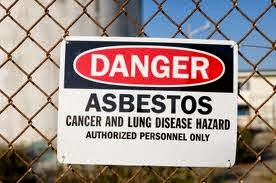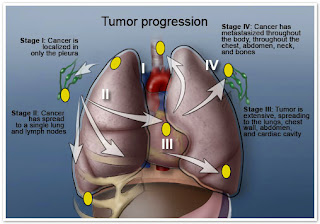The simple reason for this increased risk is exposure to asbestos. Asbestos, the only known cause of mesothelioma, was used by the U.S. military in literally hundreds of applications. Because exposure was unavoidable for some, mesothelioma remains one of the most serious diseases affecting veterans today, particularly those who served between World War II and the Vietnam Conflict.
Asbestos was used in all branches of the military for many years, especially during the years of World War II and the Korean Conflict. At that time, shipbuilding was at its peak. In fact, about 4.3 million Americans worked in shipyards during World War II and because of the daily tasks they were required to perform, many were at risk for developing asbestos-related diseases.
Navy veterans are at the greatest risk to develop mesothelioma as asbestos was widely used in Naval ships and shipyards.
Navy veterans were exposed to high levels of asbestos present in many areas of navy ships including boiler rooms, engine rooms, galleys and sleeping quarters. While the soldiers who lived and worked aboard the ships - including gunmen, boilermen, and firemen - were susceptible to inhaling asbestos, those who built and repaired the ships were even more prone to developing diseases associated with the toxic mineral. They were tradesmen such as pipefitters, plumbers, mechanics, shipfitters, electricians, welders and boilermakers to name a few.
There have even been instances where military base secretaries, and others who did not work directly on ships, developed mesothelioma cancer through second-hand asbestos exposure. Second hand exposure occurs when asbestos dust is inhaled from the clothes and hair of others who worked with asbestos on the base or from an abundance of asbestos circulating through the air. Loved ones of shipyard workers have also been known to develop the disease due to the same type of secondary exposure.
Because mesothelioma can remain dormant for several decades, many veterans who served during the 1950s to the 1970s are just being diagnosed with the disease. These brave men and women were unaware that they would face a terminal illness in their later years when they had hoped to be enjoying retirement and extra time with their family. Mesothelioma is a particularly difficult disease to battle, and though there have been great advances in the area of mesothelioma treatment in recent years, the overall prognosis for the disease is not a favorable one.
There has also been some controversy surrounding the U.S. government and their responsibility to those who have developed mesothelioma and other asbestos diseases as a result of their service to the country. While the Veterans Administration offers some guidance to afflicted personnel, it is clear that more must be done to support veterans with mesothelioma, including compensation for medical expenses, loss of income, and suffering.
Source: http://www.mesothelioma.com/veterans/














